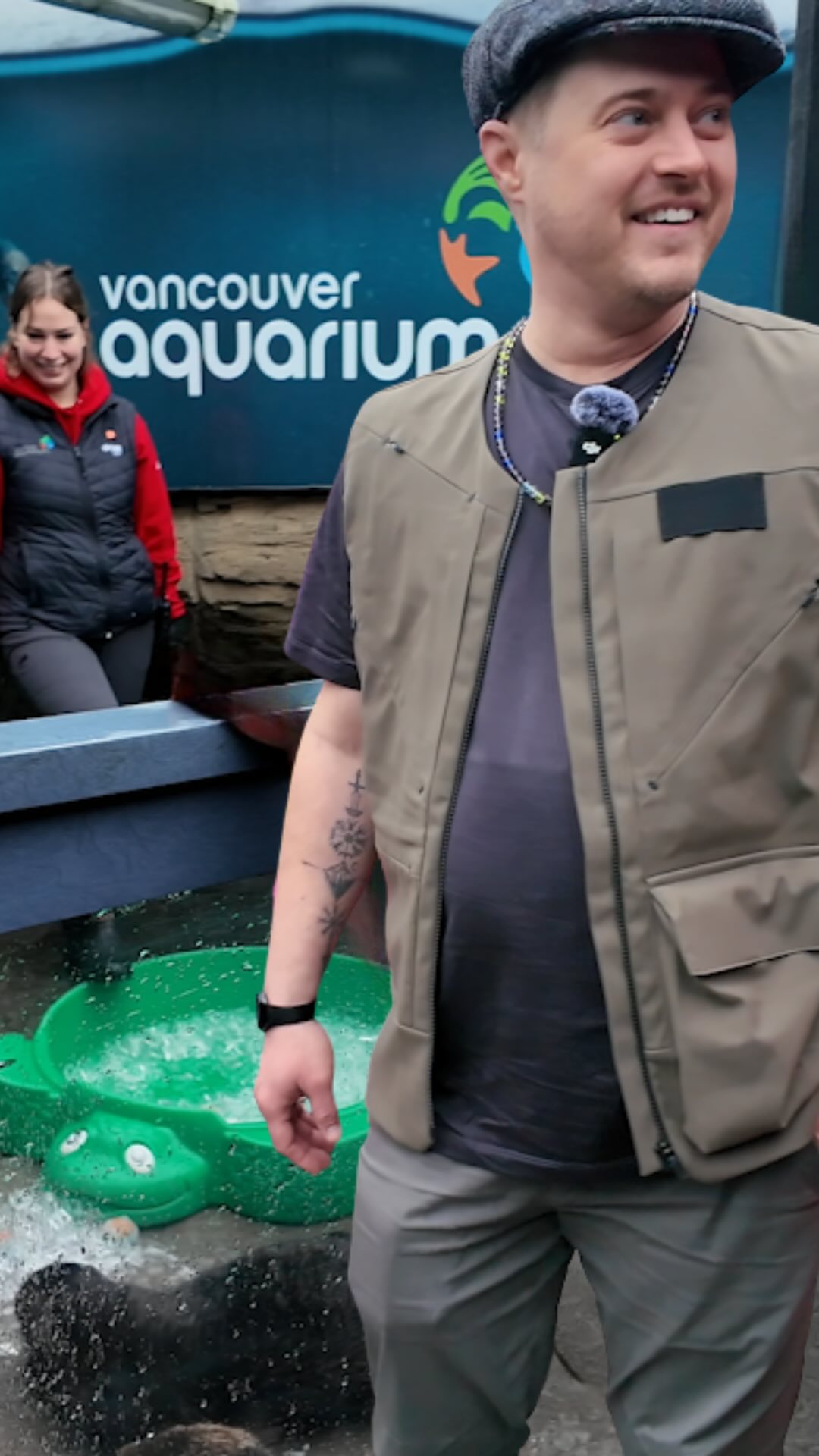- The significance of Ryan Evans’ visit to VanAqua and his involvement in wildlife awareness.
- Understanding the role of zoos and aquariums in animal conservation and education.
- The importance of soundscapes in enriching the experiences of both animals and visitors in zoo environments.
- An exploration of the challenges and advancements in zoo management and wildlife conservation.
- How prominent figures can influence conservation efforts and engage the public in environmental stewardship.
High School Musical’s Ryan Evans, portrayed by Lucas Grabeel, ventured to the Vancouver Aquarium, commonly known as VanAqua, bringing not just the charm of a beloved character, but also a spotlight on wildlife awareness. This visit aligns with broader efforts to amplify the conversation about wildlife conservation and the educational roles that zoos and aquariums fulfill. By leveraging his influence, Grabeel helps shine a light on VanAqua’s mission to not only entertain but also educate the public and advocate for animal welfare.
Zoos and aquariums play an indispensable part in wildlife conservation. Institutions like VanAqua serve as sanctuaries offering refuge to species that face threats in the wild. Increasing urbanization and climate change pose significant challenges to natural habitats, and zoos have assumed a crucial role in safeguarding biodiversity. Through captive breeding programs, endangered species receive a chance not just to survive but also to thrive. Captive breeding has played a pivotal role in augmenting the population numbers of species on the brink of extinction, serving as a gene bank for future reintroduction efforts. Moreover, research conducted in these controlled environments contributes valuable data, informing broader conservation strategies aimed at habitat preservation and restoration.
The educational impact of zoos and aquariums cannot be underscored enough. These spaces transform scientific knowledge into interactive experiences that foster empathy and understanding amongst visitors. Education initiatives include guided tours, hands-on workshops, and informative exhibits that address significant environmental challenges such as climate change, habitat destruction, and pollution. Engaging educational experiences inspire individuals to adopt sustainable lifestyles and advocate for conservation policies. By closely observing animals and interacting with knowledgeable staff, visitors cultivate a deeper appreciation for biodiversity and the necessity of preserving it.
One innovative tool these institutions have embraced is soundscapes. By integrating the natural sounds found in an animal’s habitat, zoos enrich the sensory experience for both the animals and visitors. For animals, these auditory environments promote well-being by mimicking natural sound patterns, thus reducing stress and encouraging natural behavior. For visitors, soundscapes deepen the auditory aspect of exhibits, creating a more immersive learning experience. Studies suggest that when visitors are enveloped in a habitat’s authentic sound environment, they become more attuned to the life and struggles of the creatures within, enhancing educational outcomes and empathy.
However, managing such enlightened experiences involves considerable challenges. Zoo management is continually evolving, tackling obstacles like maintaining animal welfare standards, securing funding, and addressing ethical considerations. The dyad of animal welfare and education requires meticulous balancing. It demands facilities that prioritize naturalistic enclosures, allowing for the expression of innate behaviors. Additionally, zoos and aquariums must engage in honest communication with the public, transparently sharing their conservation goals and the methods employed to achieve them. Acclimating to new technologies and methodologies aids in improving these conditions, ensuring that the evolving needs of wildlife are met.
Conservation is not a solitary endeavor. The engagement of public figures, like Lucas Grabeel, in these spaces plays a crucial role in broadening the reach of conservation messages. Celebrities and influencers have the platform to educate and inspire a global audience, effectively transforming awareness initiatives into widespread movements. Grabeel’s visit to VanAqua symbolizes how engagement from prominent figures can amplify institutional voices, bringing pressing ecological issues to the forefront of public consciousness. Through social media and public discourse, these personalities have the potential to galvanize public interest and action, motivating individuals to contribute actively to conservation causes and cultivate sustainable habits.
Overall, the visit from High School Musical’s Ryan Evans to VanAqua transcends simple celebrity presence. It prompts dialogue about the importance of wildlife conservation, the educational roles of zoos and aquariums, and the ways in which these institutions are innovating to create meaningful impacts on both animals and people. By embracing soundscapes and engaging public figures, zoos and aquariums can continue to evolve as central hubs for education and conservation. The unique intersection of entertainment and conservation seen in Grabeel’s engagement underscores the role of collective effort in addressing the environmental challenges we face today. Through education, innovation, and influential advocacy, a future where biodiversity is appreciated and preserved remains within reach.
*****
Source Description
High School Musical’s Ryan Evans (aka @mrgrabeel) hit up @VanAqua this past weekend, and naturally, we had to document the Lucas soundscape. 🎤🐠


